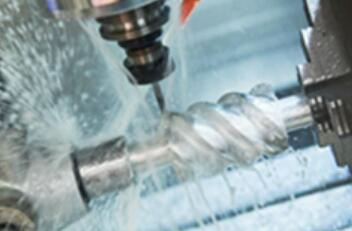How do you manufacture aluminum parts?
Views: 739 Update date: Aug 17,2023
In the world of modern manufacturing, aluminum has established itself as a versatile and essential material, finding its way into a plethora of industries, from aerospace to consumer electronics. At the heart of aluminum's ubiquity lies a meticulous process that transforms raw aluminum into the finely-crafted components we rely on.Aluminum prototypes serve as tangible proofs of concept, enabling engineers and designers to validate their ideas, test functionality, and identify potential issues before committing to full-scale production. Aluminum prototypes are a crucial bridge between imagination and realization in the manufacturing realm.
The Aluminum Manufacturing Process
1. Raw Material Extraction and Refining
Begins with the extraction of bauxite, an aluminum-rich ore, which is then refined to obtain alumina. The Bayer process, a meticulously controlled chemical reaction, transforms alumina into aluminum metal through electrolysis, producing high-quality aluminum ingots ready for further processing.2. Alloy Formation
Aluminum's inherent properties can be enhanced by combining it with other elements to create alloys with specific characteristics. Alloying elements are meticulously measured and blended to achieve desired properties such as strength, corrosion resistance, and thermal conductivity.3. Casting
In the casting phase, molten aluminum is carefully poured into molds to create basic shapes. For complex designs like those in aerospace or automotive applications, advanced casting techniques such as investment casting or die casting are employed to ensure precision and consistency.4. Precision Machining and Forming
Once cast, the aluminum component undergoes precision machining to achieve the final dimensions and tolerances. This involves cutting, drilling, and shaping the aluminum with computer-controlled tools to ensure accuracy.5. Surface Treatment
Surface treatments like anodizing, plating, or powder coating are applied to enhance the component's appearance, durability, and resistance to environmental factors. These treatments contribute to the final product's longevity and aesthetics.6. Quality Control and Testing
Throughout the manufacturing process, rigorous quality control measures are implemented to ensure the aluminum parts meet specified standards. Non-destructive testing, dimensional analysis, and material testing guarantee that the components are free from defects and perform as intended.




